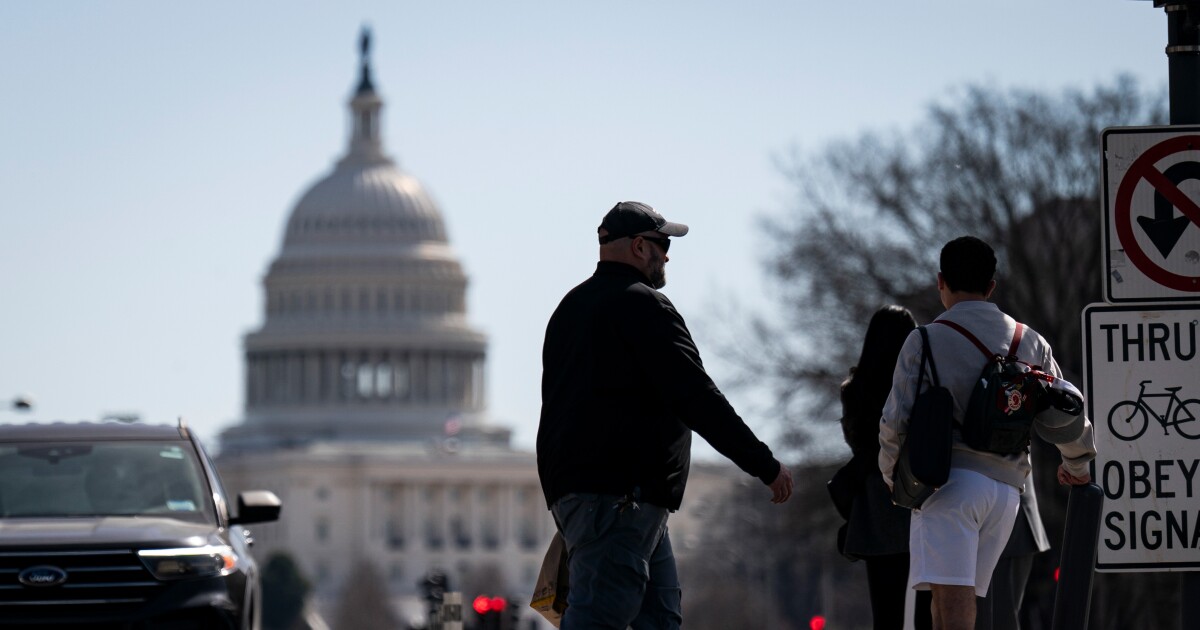
Americans' decades-long love affair with the U.S. West appears to be souring as
The share of the U.S. population living in the West grew steadily over the decades before peaking at about 23.8% in 2019. Since then it flattened and began to decline, reaching 23.6% last year, according to a Bank of America Institute
The South, despite a slight dip in 2020, has continued to grow to its current 38.9% share of the nation's population. The shares of Americans living in the Northeast and Midwest continued their decades-long slides.
The bank attributes much of the West's migration woes to unaffordable housing. There's a close relationship between a metropolitan area's median mortgage payment and that area's change of population last year, the bank's research shows. Mortgage payments in Pacific Coast metropolitan areas all exceed payments in other regions.
Generally, the loss of population "is more of a Pacific story," since more inland metro areas in the West, including Phoenix and Las Vegas, have grown since 2020, the bank's report says.
San Francisco is the biggest loser among 26 metro areas, losing a little more than 1% of its population in the year through the fourth quarter of 2023, according to Bank of America internal data. Los Angeles lost about 0.7%.
The big winners were in Texas and Florida, with a notable exception at the very top — Columbus, Ohio led the pack with a 1.1% population gain.
Over the long term, there's a chance the big cities in the West will be able to lure people back. A large share of the migration between metro areas in the US are single-person households, the bank says, and they probably have greater flexibility to move around.
For now, though, the South appears to be gaining at the West's expense. Of those who moved from the West to the South, more than 40% had household incomes above $125,000 and around 10% had incomes above $250,000, the bank says.



